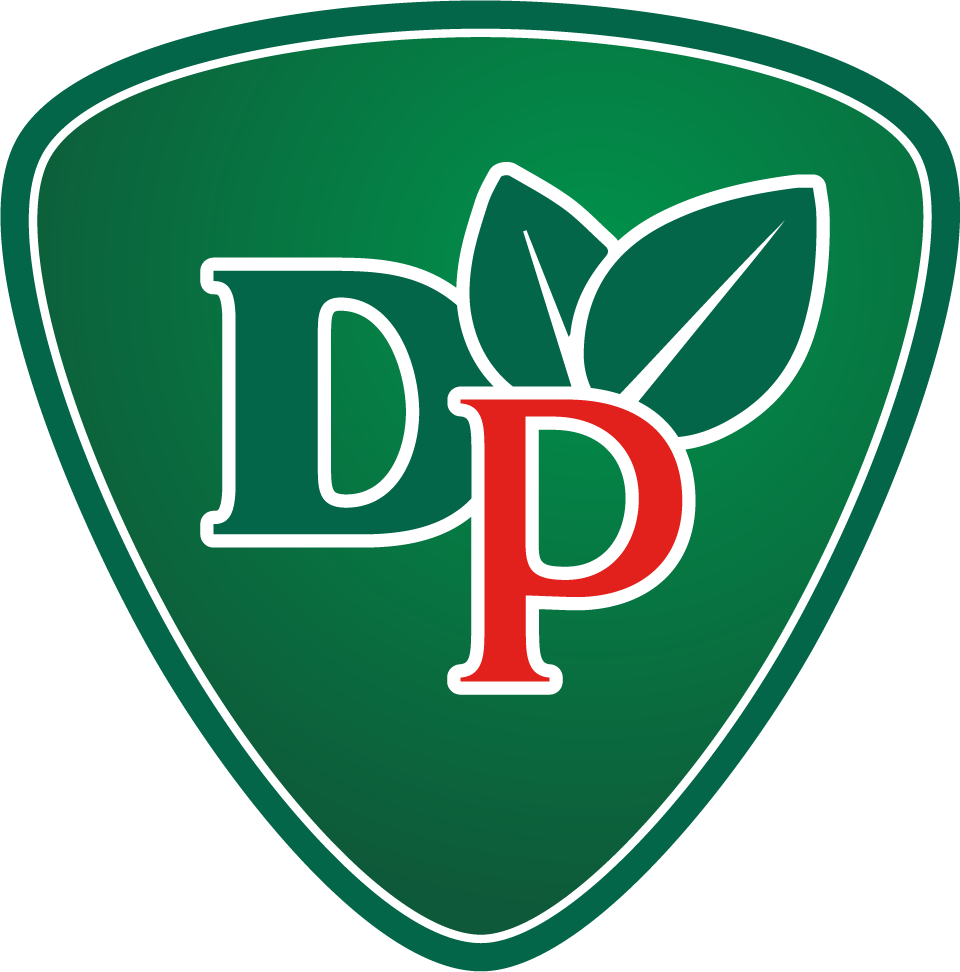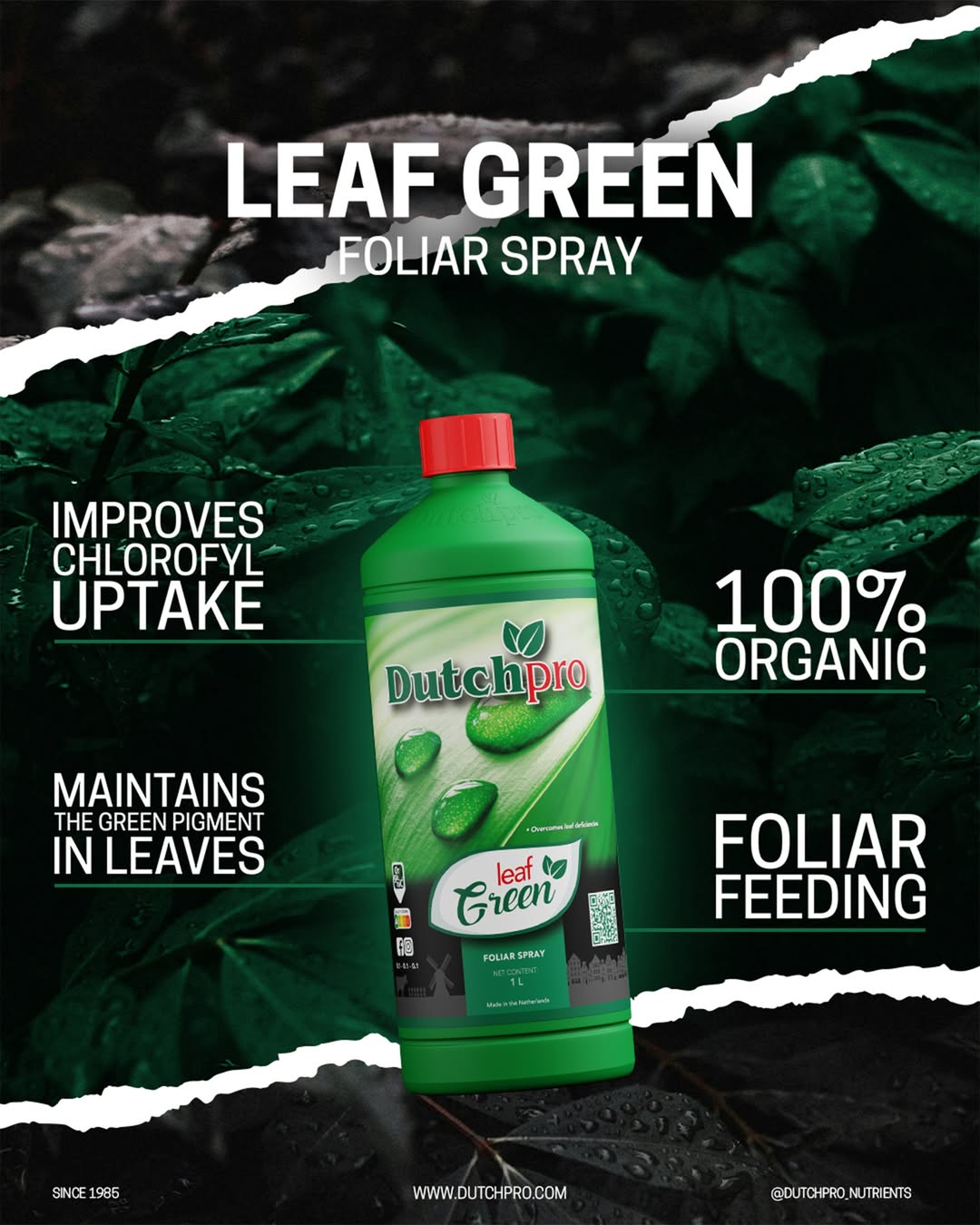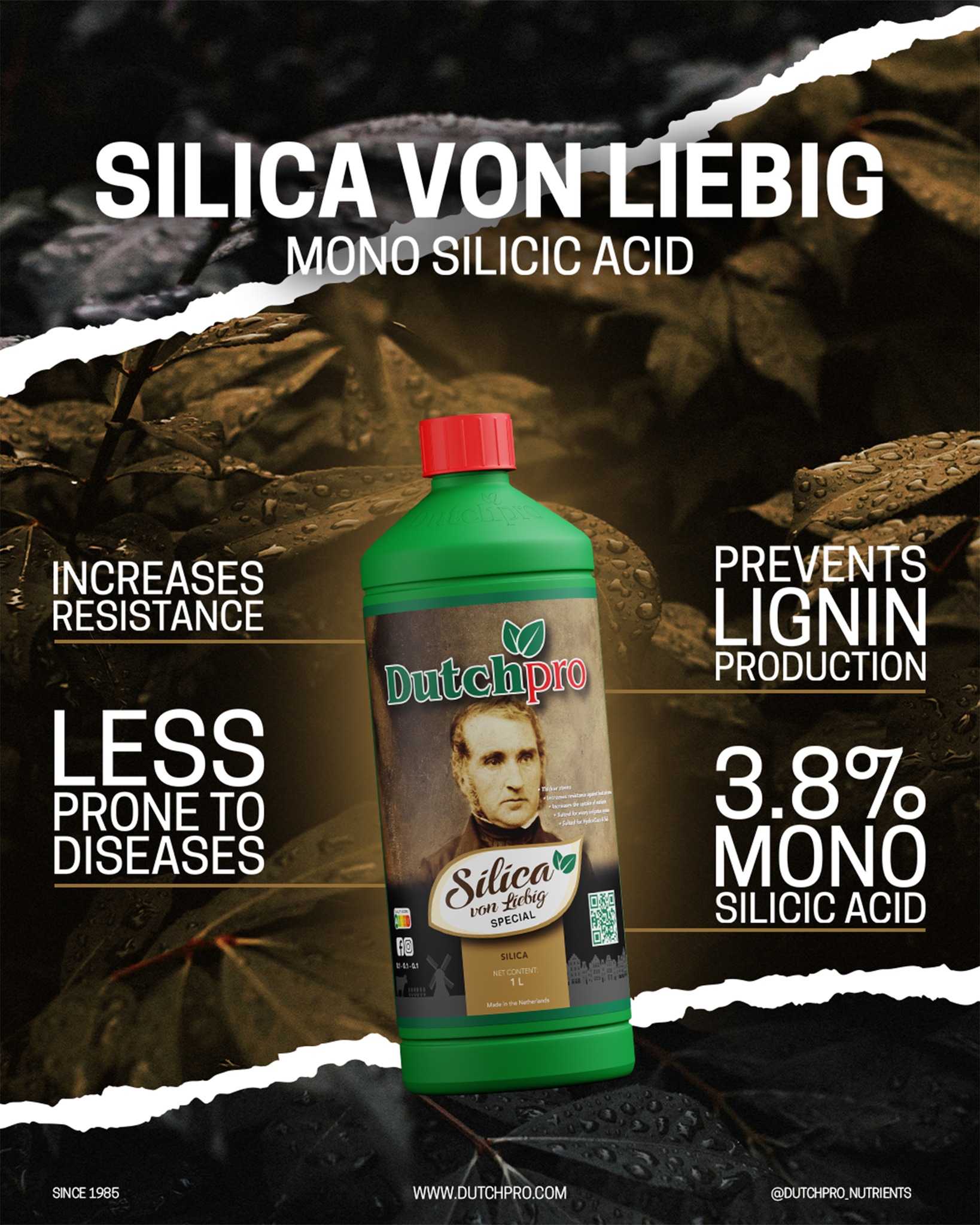Plant pests are organisms that can damage plants and reduce their growth, yield, and overall health. There are many different types of plant pests, including insects, mites, snails, slugs, and diseases caused by fungi, bacteria, and viruses. Pests can cause damage to plants in a number of ways, such as feeding on their leaves, stems, or roots; transmitting diseases; or disrupting their ability to absorb water and nutrients. To control plant pests, it is important to identify the specific pest that is causing the problem and implement appropriate control measures, such as using pest-resistant varieties, applying pesticides, or practicing good hygiene to prevent the spread of diseases.
In this article, we will go over how you can spot, prevent and treat pest. This is the ultimate guide about How to spot pest, prevent and treat them.
- General information
- What is pest
- All kinds of pest
- How does pest affect a plant
- How to spot pest
- How to prevent pest
- How to treat pest
2. What is pest
A pest is an organism that can damage plants and reduce their growth, yield, and overall health. There are many different types of plant pests, including insects, mites, snails, slugs, and diseases caused by fungi, bacteria, and viruses. These pests can cause a wide range of problems for plants, depending on the specific pest and the plant it is affecting.
For example, insects such as aphids, mites, and caterpillars can feed on the leaves, stems, and roots of plants, causing damage and stunting their growth. Snails and slugs can also feed on plants, particularly the leaves, and can leave behind slime trails that can harbor diseases. Fungal diseases such as powdery mildew and rust can cause foliage to become discolored and deformed, and can reduce the plant’s ability to photosynthesize and produce energy.
Pests can be particularly damaging to plants when they occur in large numbers, and can even kill plants if left unchecked. To control plant pests, it is important to identify the specific pest that is causing the problem and implement appropriate control measures, such as using pest-resistant varieties, applying pesticides, or practicing good hygiene to prevent the spread of diseases. By taking steps to control pests, you can help protect your plants and keep them healthy.
3. All kinds of pest
There are many different types of pests that can affect plants, including:
Insects: Aphids, mites, caterpillars, whiteflies, and beetles are all examples of insects that can feed on plants and cause damage.
Mites: Mites are tiny, spider-like pests that feed on the sap of plants, causing them to become weak and stunted.
Snails and slugs: These pests feed on the leaves and stems of plants, and can leave behind slime trails that can harbor diseases.
Fungi: Fungal diseases such as powdery mildew, rust, and black spot can cause foliage to become discolored and deformed, and can reduce the plant’s ability to photosynthesize and produce energy.
Bacteria: Bacterial diseases such as bacterial blight and bacterial wilt can cause plants to wilt, rot, and die.
Viruses: Viral diseases such as mosaic and tobacco necrosis can cause foliage to become distorted and mottled, and can reduce the plant’s ability to produce flowers and fruit.
Nematodes: Nematodes are tiny worms that can feed on the roots of plants, causing them to become stunted and weakened.
Weeds: Weeds can compete with plants for sunlight, water, and nutrients, and can inhibit their growth if left unchecked.
4 How does pest affect a plant
Pests can have a significant impact on the health of plants. Many pests feed on plant sap, which can weaken the plant and make it more susceptible to disease. Others cause physical damage to plant tissues, which can also weaken the plant. In addition, some pests can transmit diseases to plants, further compromising their health.
Plants that are stressed by pest infestations may exhibit symptoms such as yellowing or wilting leaves, stunted growth, or premature death. In severe cases, pest infestations can kill plants.
It is important to monitor plants for pest infestations and take appropriate action to control the pests in order to protect the health of the plants.
5. How to spot pest
Spotting pests on a plant can be challenging, especially if the infestation is in its early stages. However, there are several signs that can indicate the presence of pests on a plant. Here are a few things to look for:
Physical Damage:
Pests such as aphids, mites, and slugs can cause physical damage to plant tissues, including holes in leaves, damaged stems, and scarred fruit.
Discolored or Wilting Leaves:
Pests such as aphids and mites can feed on plant sap, causing leaves to yellow or wilt.
Sticky or Shiny Residue:
Some pests, such as aphids and scale insects, secrete a sticky or shiny substance called honeydew. This residue can be a sign of a pest infestation.
Egg Masses:
Many pests, such as mites and aphids, lay eggs on plants. These egg masses can be difficult to see, but they can often be found on the undersides of leaves or in crevices on stems.
Unusual Patterns:
Pests such as mites and thrips often leave behind a telltale pattern of damage on plants. This can include a stippled or speckled appearance on leaves, or distorted growth on shoots or flowers.
To confirm the presence of pests on a plant, it may be necessary to examine the plant closely using a magnifying glass or microscope. If you suspect that your plant has a pest infestation, it is important to take appropriate action to control the pests in order to protect the health of the plant.
6. How to prevent pest
Preventing pest infestations on plants is essential for maintaining the health and vitality of your garden or landscape. It is much easier and more effective to prevent pests from becoming established on your plants than it is to deal with the problems caused by an infestation. Here are several tips for preventing pests on plants:
Choose resistant plant varieties:
Some plant varieties are naturally resistant to certain pests. When choosing plants for your garden or landscape, consider selecting varieties that are resistant to common pests in your area.
Practice good hygiene:
Pests are often attracted to dirty, cluttered gardens. Keep your garden clean and tidy to discourage pests from setting up shop.
Keep plants healthy:
Pests are more likely to attack stressed or weakened plants. To prevent pests, make sure to properly care for your plants, including providing adequate water, sunlight, and nutrients.
Remove and destroy infested plants:
If you find a plant that is heavily infested with pests, remove and destroy it to prevent the pests from spreading to other plants.
Use physical barriers:
Some pests can be excluded from plants using physical barriers such as netting or insect screens.
Use natural pest control methods:
There are many natural methods that can help prevent pests on plants. These include the use of beneficial insects, such as ladybugs and lacewings, which feed on pest insects. Other natural methods include the use of garlic, chrysanthemum flowers, and hot pepper sprays, which can be used to repel certain pests.
Rotate crops:
Crop rotation can help prevent pests by disrupting their life cycles. For example, if you plant tomatoes in the same location every year, pests that attack tomatoes may build up in the soil, making it more difficult to control them. By rotating crops, you can help prevent this build-up of pests.
By following these tips, you can help prevent pests from becoming established on your plants and keep your garden or landscape healthy and thriving. Remember, it is much easier to prevent pests than to deal with the problems caused by an infestation, so be proactive and take steps to protect your plants from pests.
7. How to treat pest
There are many different types of pests that can affect plants, and the most effective treatment for a particular pest will depend on the type of pest and the severity of the infestation. Here is a general overview of how to treat common pests on plants:
Aphids:
Aphids are small, soft-bodied insects that feed on plant sap. They can be found on the undersides of leaves and on new growth. To control aphids, try using a strong blast of water to knock them off the plant, or apply an insecticidal soap or neem oil.
Mites:
Mites are small, spider-like insects that can cause damage to plants by feeding on the sap. They are often found on the undersides of leaves. To control mites, try using a strong blast of water to knock them off the plant, or apply an insecticidal soap or neem oil.
Whiteflies:
Whiteflies are small, white insects that feed on plant sap and can be found on the undersides of leaves. To control whiteflies, try using a strong blast of water to knock them off the plant, or apply an insecticidal soap or neem oil.
Slugs and Snails:
Slugs and snails are mollusks that can cause physical damage to plants by feeding on leaves, stems, and flowers. To control slugs and snails, try using a slug bait or setting out slug traps. You can also try handpicking the pests and removing them from the plant.
Nematodes:
Nematodes are small, worm-like creatures that can cause damage to plants by feeding on the roots. To control nematodes, try using a nematode-resistant plant variety, or apply a nematicide to the soil.
Weeds:
Weeds can compete with plants for water, sunlight, and nutrients, and can harbor pests and diseases. To control weeds, try using a weed killer or manually removing the weeds by hand or with a hoe.
Remember, it is important to properly identify the pest before attempting to treat it, as different pests require different control methods. In some cases, it may be necessary to consult with a professional pest control expert to determine the most appropriate treatment.






